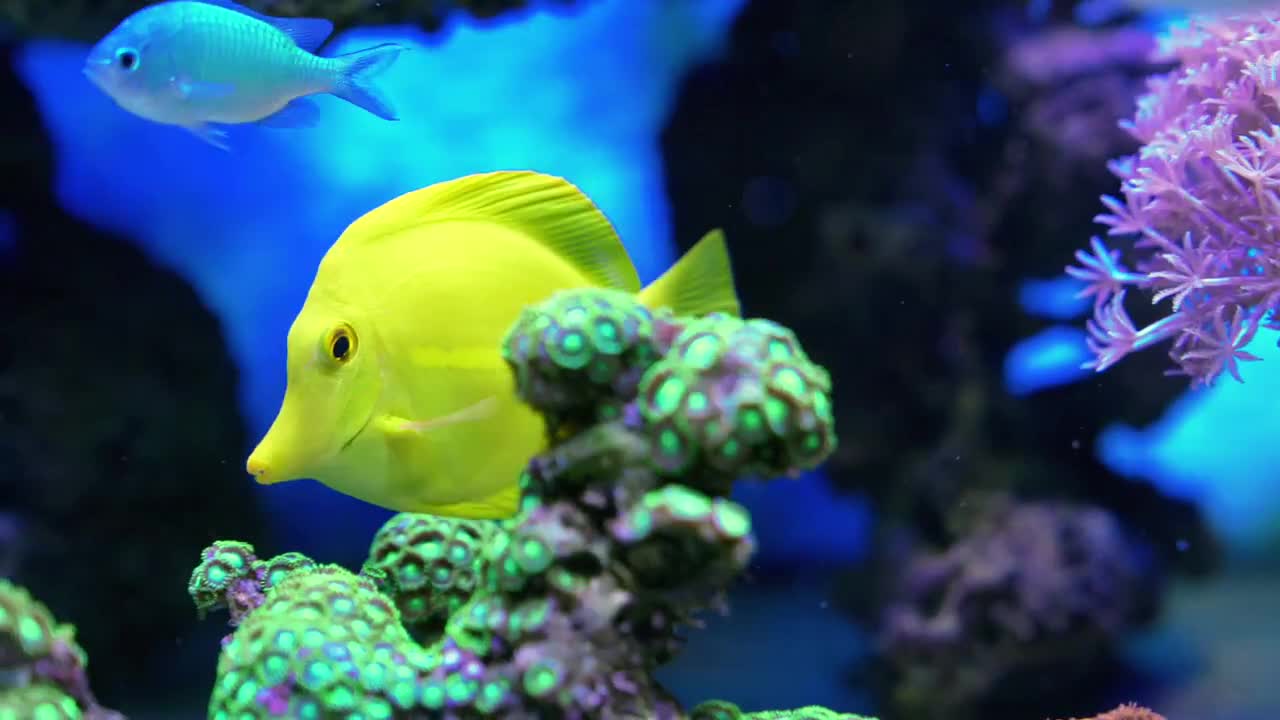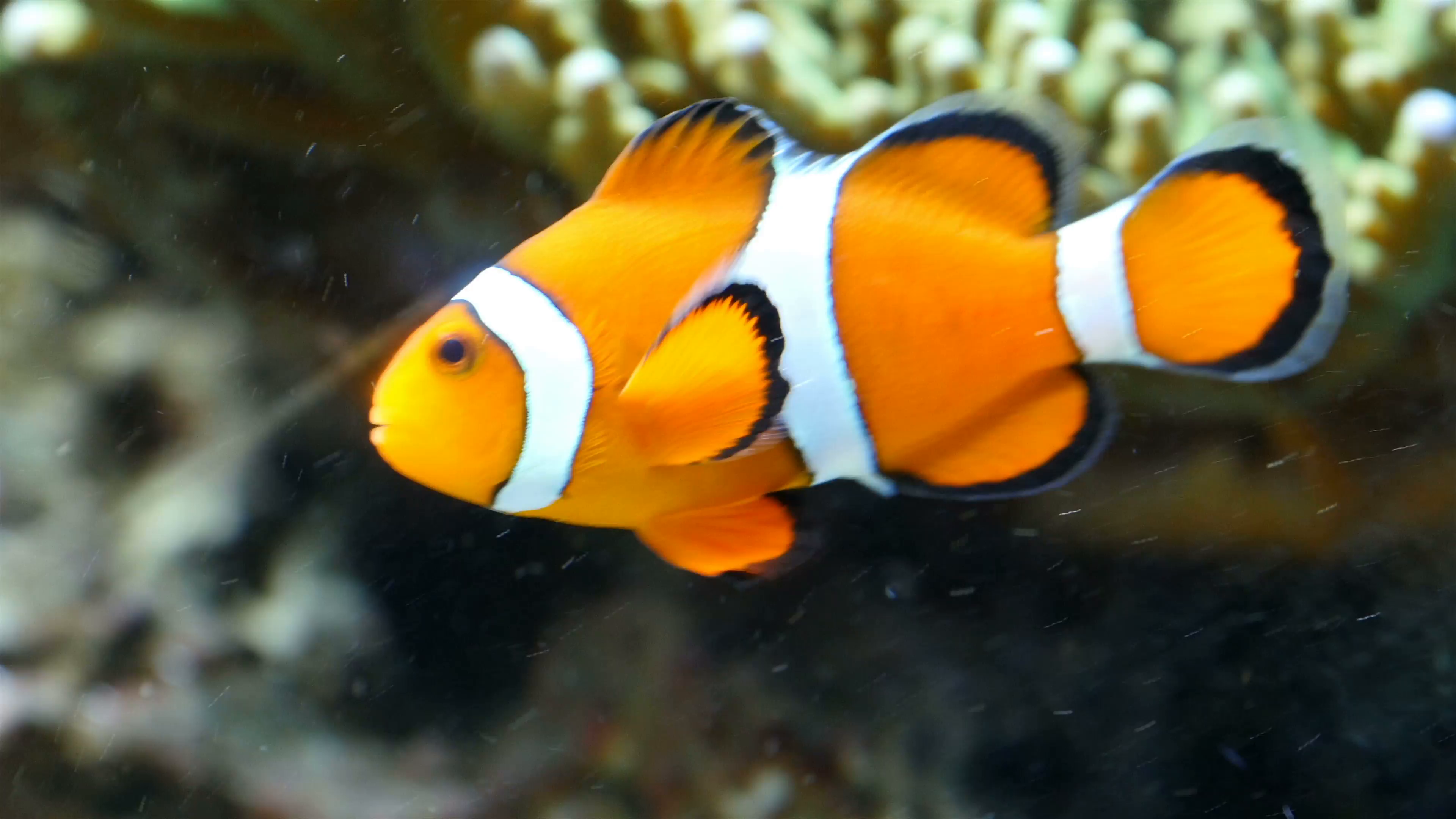Fish Swimming In One Spot
Do you ever wonder why fish swim in one spot for hours on end? It may seem odd or even boring to us humans, but there's actually a lot going on underwater that we don't know about. In this post, we'll explore the reasons why fish swim in one spot and what it means for their survival.
The Pain Points of Fish Swimming in One Spot
At first glance, fish swimming in one spot may seem like a waste of energy. After all, why would they spend hours swimming in place when they could be exploring their environment or searching for food? For some, this behavior may even seem distressing or unnatural. However, it's important to remember that fish have evolved to thrive in their underwater habitats, and swimming in one spot is often a crucial part of their survival tactics.
Target of Fish Swimming in One Spot
So why do fish swim in one spot? There are several reasons, depending on the species of fish and their unique needs. For some, swimming in one spot is a way to conserve energy, especially when food is scarce or the water is cold. Others use this behavior to stake out their territory and defend it against other fish. Some species, such as reef fish, swim in one spot to blend in with their surroundings and avoid detection by predators.
Summary of Main Points
In summary, fish swimming in one spot is a complex behavior that serves a variety of functions in the underwater world. Whether it's a way to conserve energy, defend territory, or avoid predators, this behavior plays a crucial role in the lives of many fish species. In the following sections, we'll explore some of these reasons in more detail.
The Importance of Swimming in One Spot for Food Gathering
In some cases, fish swim in one spot to gather food. For example, some species of fish, like piranhas, use this behavior to create a feeding frenzy. By staying in one place and thrashing around, they attract other fish to the area, making it easier for them to catch their prey. Other species, like trout, use this behavior to stay in one spot and wait for food to come to them. They'll stay at a certain depth or in front of a current, letting the water bring food straight to their mouths.

The Importance of Swimming in One Spot for Territorial Defense
For some fish, swimming in one spot is a way to defend their territory against other fish. By staying in a specific area and displaying aggressive behavior, they show other fish that this is their space. This behavior is often seen in male fish during breeding season, as they fight to attract females and keep out rival males. In some cases, this behavior can lead to violence and even death, as fish fight to the death to protect their territory from intruders.

The Benefits of Swimming in One Spot for Predator Avoidance
Swimming in one spot is also a way for some fish to avoid detection by predators. For example, reef fish will often swim in one spot while blending in with their surroundings, making it difficult for predators to spot them. Other fish, like eels, will stay in one spot and wait to ambush their prey, using their camouflage to blend in with the rocks or sand beneath them. By staying still and using their natural camouflage, these fish are able to avoid detection and increase their chances of survival.
Benefits of Swimming in One Spot for Reproduction
Finally, fish may also swim in one spot during the reproductive process. For example, male fish may stay in one spot and perform a mating dance to attract female fish during breeding season. By staying in one place and displaying aggressive or flashy behavior, they're able to attract a mate and ensure reproductive success.

Question and Answer
Q: What are some common species of fish that swim in one spot?
A: Many types of fish swim in one spot as part of their survival tactics. Some common examples include clownfish, who will often stay in one area of their anemone home to defend against other fish, and anglerfish, who use their natural camouflage to stay hidden while waiting for prey to come to them.
Q: Is swimming in one spot more common in freshwater or saltwater fish?
A: Both freshwater and saltwater fish may swim in one spot, depending on their specific needs. For example, some freshwater fish, like trout, will stay in one spot to conserve energy while waiting for food to come to them. Saltwater fish, like coral reef fish, may use this behavior to blend in with their surroundings and avoid detection by predators.
Q: Can fish swim in one spot for days or even weeks?
A: Yes, fish can swim in one spot for extended periods of time if necessary. For example, some species of fish may stay in one spot for days or even weeks while they wait for their eggs to hatch or for food to become available.
Q: Are there any risks associated with swimming in one spot for fish?
A: There are some risks associated with swimming in one spot for fish, especially if they're doing so to defend their territory or attract a mate. In some cases, this behavior can lead to violence and even death, as fish fight to protect their space or win a mate. Additionally, staying in one spot for too long can make fish more susceptible to predators, as they become easy targets for animals looking for an easy meal.
Conclusion
Swimming in one spot is a crucial behavior for many species of fish, providing them with a variety of benefits that help them survive in their underwater habitats. Whether it's a way to conserve energy, defend territory, or attract a mate, this behavior is an important part of fish life and should be appreciated for the complex and unique adaptation that it is.
Gallery
Free Photo: Clown Fish Swimming - Animal, Fish, Swimming - Free

Photo Credit by: bing.com / fish swimming clown clownfish small water animal jooinn video
Fish Swimming - Stock Video | Motion Array

Photo Credit by: bing.com /
배경 화면 : 물고기, 수중, 수영, 줄무늬가있는 1920x1200 - 4kWallpaper - 1063938 - 배경 화면

Photo Credit by: bing.com /
9 Things You Didn't Know About Fish But Wish You Did

Photo Credit by: bing.com / fish swim
Tropical Fish Swimming In Reef Stock Video Footage - Storyblocks

Photo Credit by: bing.com / fish swimming tropical video reef